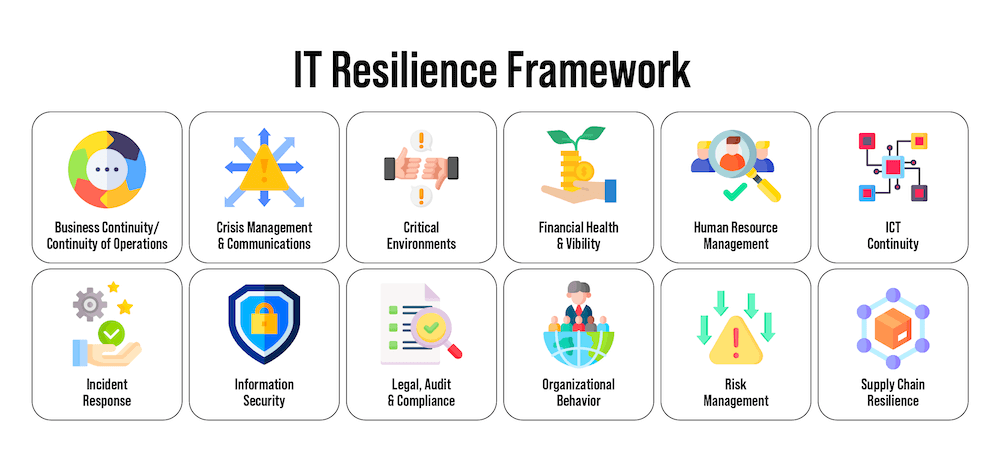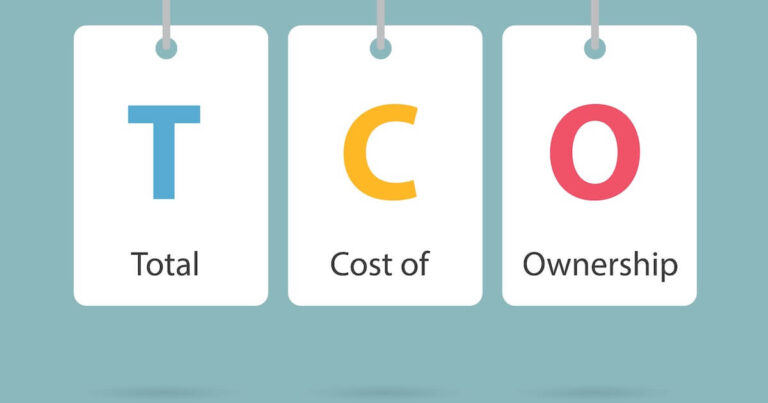Netflix, Uber, Amazon, Spotify, and Airbnb are exceptional enterprise agility examples. These companies also broke the misconception that stability and scale can be achieved when you sacrifice speed and flexibility. In today’s time, when speed and adaptiveness beat slow and steadfast, organizations must master the ability of enterprise agility or business agility to innovate and drive new products and services to market faster to beat out the competition.
Success or failure for a company may depend on how quickly and effectively it can bounce back from adversity. Besides agility, resiliency at the individual, team, and organizational levels plays a crucial role. It allows organizations to “fail fast,” quickly learn from mistakes, and adapt to changing market conditions to outperform their competitors in the long term. The purpose of becoming agile is to create organizational stability and enable teams to respond quickly to fast-changing conditions while reinventing and applying new business models.
In this blog post, we will examine why organizational agility is important, how IT resilience helps organizations achieve and maintain business agility and stability and how AWS cloud helps organizations in agility and resilience.
What is Business Agility? Why Does It Matter?
Business agility is an organization’s ability to adapt to market demands quickly, respond rapidly and flexibly to customer demands and be continuously at the competitive edge. It enables companies to achieve excellent performance and productivity. Becoming agile enables organizations to eliminate waste, such as time-consuming processes with limited outcomes and effectiveness. An organization can be distinct as a network of teams that operate in rapid learning and decision-making cycles. Being agile enables organizations in several ways to adapt to fast-changing external environments. An agile organization is different from a traditional organization as it can collect insights into their return on investment (ROI) quicker than working traditionally. These organizations are open to learning quickly and implementing in the meantime. It improves the way of working from traditional ways. Moreover, it fosters faster feedback cycles that help in risk management and hence allows to achieve of overall organizational efficiency.
And top of it, agility helps achieve stability in the organization. Agile methods are promised to attain transparent workflows, shared responsibilities, and accountability towards defined goals and empower teams with a sense of purpose. As McKinsey talks about in research, organizational agility is on the rise and becoming essential. The business environment is becoming more complex and volatile since the world is changing swiftly. Most industries place a high priority on the need to work more agilely.
The more unstable business environments are the more inclined organizations that want to transform to a more agile way of working. In today’s challenging and unstable environment with rampant incidents, becoming agile seems inevitable for most organizations.
This shouldn’t come as a surprise because one of the principal factors for organizational change is typically the focus on the consumer. Companies have higher aspirations to become agile, especially when responding to current challenges. Dynamic practices enable companies to respond to rapidly changing business environments. If you are not working on it, becoming more agile should be one of your top priorities.
What is Resiliency? Why Does It Matter?
According to the definition provided by AWS, resilience is “the team’s or organization’s competence to recover a system when pressured by service load, attacks (whether inadvertent through a bug, or malicious through intention), and failure of any component in the workload’s components.”
We’ve already discussed how agility is becoming increasingly important in enterprises. What, though, is IT resilience? Your IT infrastructure’s ability to react fast and effectively to external triggers and seize opportunities is measured by its IT resilience.
Today, any digital enterprise must be resilient in the face of failure in order to stand out from the competition. The goal of IT resilience is to provide continuous service with minimal downtime. In short, if one component fails, another can immediately take over its function without materially interrupting service to users of the system. IT resiliency also requires I&O leaders to be prepared with mechanisms and tools to detect when one or more components have failed and then take corrective action to get them back into service.

IT resilience is critically important for businesses because it ensures that they are always able to provide services and products without any disruption, leading to better customer retention and reducing churn. To enable this level of robustness, multi-region deployment, availability zones, disaster recovery, backup, and other strategies are used. Infrastructure and operations leaders should prepare for local redundancy, such as backing up components in case one breaks down while leveraging replication of data across availability zones and multi-regions that duplicates data so that it can survive the loss of a geographical location.
How Amazon Web Services Helps Companies Stay Agile and Resilient
Organizations may enhance their time to market and become more responsive with the aid of cloud technology. Modern, flexible technology is needed by agile firms to stay up with the world’s rapid change. Here are several ways the AWS cloud helps your company be more agile and resilient.
1. Automation
One of the key advantages of adopting the AWS cloud is automation. Automation expedites time-consuming manual operations, gets rid of errors made by people, and maintains a reliable IT infrastructure. This saves you time, human resources, and effective money, so you can focus on the things that really matter within your business.
2. Scalability
One of the benefits of using the AWS cloud is that it offers many scaling options and on-demand scalability services. This makes it simpler for businesses to adjust to rising demand and scale right away when necessary.
3. IaaS, PaaS And SaaS products
AWS offers an extensive set of global cloud-based IT products, including compute, storage, databases, analytics, networking, mobile, developer tools, management tools, the internet of things (IoT), security, and enterprise applications. These tools were all developed to assist businesses in moving more quickly and efficiently.
4. Instant Testing of Product Idea
You may test your ideas before bringing them to market on the AWS cloud without investing in hardware. A developer can sign up for an AWS account and test the idea with on-demand resources available with just a click. You are not stuck with the traditional long procurement process and wait for the time to test the idea by the time you may even forget about it or lose the zeal to even do it.
5. Backup/Restore
AWS allows you to enable automated backup of data across the cloud services and on-premises. Since AWS backup is a fully managed backup service, it minimizes the risk of data loss and helps you find a balance between cost and data protection needs, resulting in peace of mind. And top of it, you can restore your backup as an additional backup layer for your critical data. To restore your backup, you can select different regions or multi-site that ensure business continuity even during disruption at a particular location.
6. High Availability (HA) & Multi-site & Multi-Region
AWS promises agility and resiliency due to its comprehensive cloud infrastructure built upon availability zones and multi-region. You can develop a multi-region application and implement replication between regions that help you ensure high performance, high availability, and improved continuity. Since every AWS Region consists of multiple Availability Zones (AZs), Each AZ consists of one or more data centers designed to be separated and distinct to geographical location. This significantly reduces the risk of a single event impacting more than one availability zone.
7. Disaster Recovery
If you want the quickest recovery time (lowest RTO) and least data loss (lowest RPO) for your disaster recovery strategy, AWS multi-site helps here. With multi-site and multi-region, you can separate your sites or applications and provide complete independence to them or optimize your application to provide low latency access to the workload from users in globally diverse locations. Therefore, if you’re designing a DR strategy that can withstand incidents such as power outages, flooding, and other localized disruptions, using a Multi-AZ DR strategy within an AWS Region can provide the protection you need.
Final Thoughts
Organizations can operate more quickly and eventually adopt an agile culture thanks to cloud technologies. With better processes and tools introduced by DevOps, AIOps, FinOps, and others, cloud platforms like AWS support organizations with their vision to accelerate faster to market, attain quality code, optimize resources, track and trace each and every event with the cost that comes under their budget. With AWS cloud, they don’t need to compromise with speed and innovation to meet scalability and stability.




